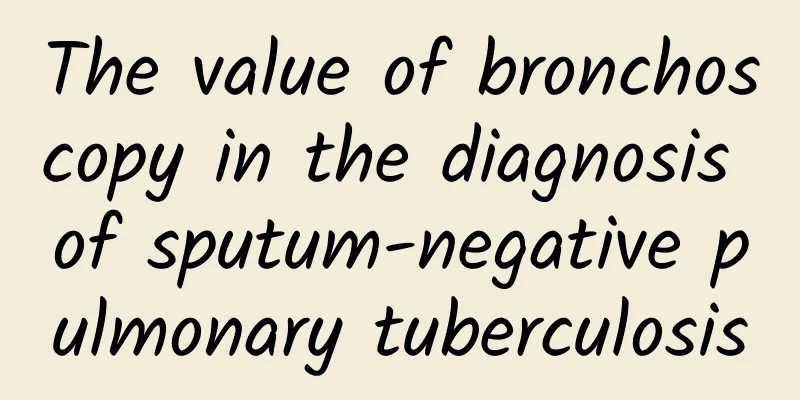How to treat blocked fallopian tube and hydrops?

|
If the fallopian tubes are blocked and there is water accumulation, it will directly hinder women's reproduction and fertility. Therefore, we must pay attention to the treatment of this disease and adopt scientific treatment methods. Fallopian tube root resection or fallopian tube fimbria-end ostomy are all treatment methods. 1. Fallopian tube fimbria ostomy Salpingostomy is a traditional treatment method suitable for patients with unobstructed proximal fallopian tubes but hydrops and atresia at the distal end. 2. Lysis of fallopian tube and ovarian adhesions Adhesions of the fallopian tubes and ovaries are very common in patients with infertility and chronic pelvic pain. It is often caused by infection, endometriosis and previous surgery. Usually the attachments are fixed to the posterior leaflet of the broad ligament or to the lateral pelvic wall. The fimbria of the fallopian tube is often encapsulated. In severe cases, the appendages may be wrapped in the rectouterine fossa, making it very easy to damage the intestine during surgery. In this case, the fimbria of the fallopian tube is often normal, but is wrapped by severe adhesions and cannot communicate with the pelvic cavity. Special care should be taken with adhesions between the ovary and the fallopian tube itself, especially at the fimbria of the fallopian tube. Avoid damage to the ovarian surface and fallopian tube fimbria as much as possible. Otherwise, new adhesions will form after surgery. Therefore, try not to use electrocoagulation or laser. Because it can produce thermal damage and form new adhesions. 3. Fallopian tube root resection As mentioned above, infertility may be the only reason for patients with hydrosalpinx to seek medical treatment, and the above two surgeries can solve the infertility problem of some patients. However, because the hydrosalpinx and adhesions may recur soon after the operation, the effect is not significant. Repeated examinations or surgeries are not recommended to reduce the chances of infection in patients. With the development of medical technology, the emergence of assisted reproductive technology has provided more and more patients with the opportunity to treat infertility. Infertility due to fallopian tube factors is also an indication for assisted reproduction. If only routine ostomy and adhesion lysis are performed, the hydrops may recur quickly, which will be toxic to the embryo, affect the intrauterine environment, and also affect the development of the endometrium, further affecting the formation and implantation of the embryo and reducing the pregnancy rate. Therefore, patients with hydrosalpinx are most suitable to choose tubal root ligation to completely prevent hydrosalpinx from entering the uterine cavity, and then undergo assisted reproduction. Since the uterus is not damaged, assisted reproductive treatment can be received soon after the operation. However, natural pregnancy is almost impossible with a tubal ligation, so the procedure should only be performed with the patient's fully informed consent. |
Recommend
How does moxibustion work? What diseases can moxibustion cure?
Moxibustion is one of the important therapies in ...
[Medical Q&A] How to provide emergency and effective first aid at the scene of a fracture?
Planner: Chinese Medical Association Reviewer: Sh...
Treatment of multiple cervical cysts
I believe that everyone is not too familiar with ...
Is it normal to have a period that is 8 days late?
Menstruation is a phenomenon that women have ever...
Can allergic rhinitis be cured? Can nutritional supplements be taken as medicine? Here comes the list of scientific rumors in April →
1. Can allergic rhinitis be cured? Rumor content ...
Will it be tight when a woman crosses her legs?
In daily life, crossing the legs can be said to b...
I always want to go to the toilet when my due date comes.
When the due date is approaching, pregnant women ...
Can I do it during my period?
Menstruation is the most important physiological ...
How many centimeters should the cervix be dilated to give birth?
Pregnancy and childbirth are situations that all ...
Weight gain may be caused by malnutrition! Uncover the hidden hunger behind obesity
Tuchong Creative In the minds of most people, obe...
Keep your muscles healthy and your bones young: A new strategy for healthy living for the elderly
Author: Tang Xiang, deputy chief physician of Bei...
What causes less menstrual flow at 40?
Once women reach the age of 40, there will be man...
Can abortion be performed at a maternal and child health care hospital?
As we all know, many tests need to be done after ...
The symptoms are similar, be careful that a cold may develop into myocarditis!
Review expert: Peng Guoqiu, deputy chief physicia...
Nipple discharge is clear watery
If the liquid overflowing from the nipple appears...









